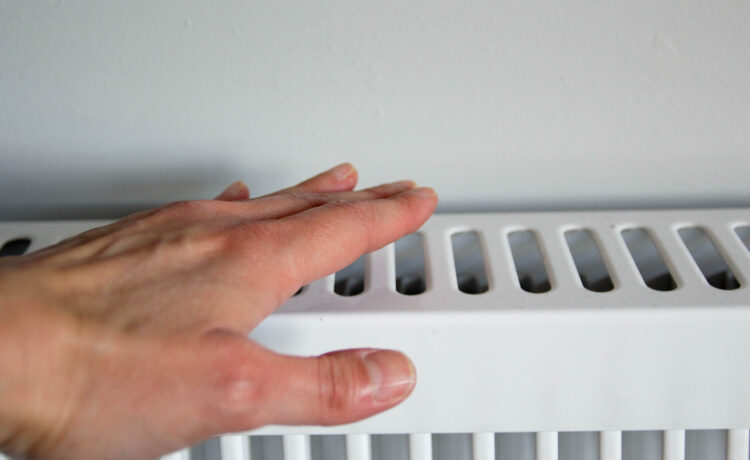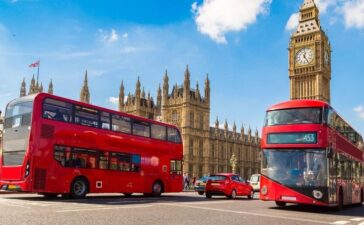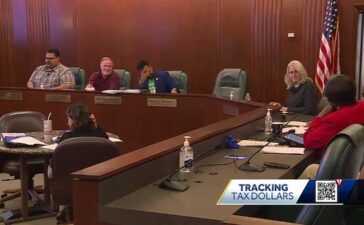The Alabama Department of Economic and Community Affairs (ADECA) plans to continue a program that helps low-income residents retrofit their homes to improve energy efficiency through at least March 2025.
ADECA’s Weatherization Assistance Program Friday approved a public comment period on an application for federal funding to continue the program for a second year.
“The intent is to conserve the maximum amount of energy possible while serving the needs of each community,” said Landon Cordes, ADECA’s weatherization assistance program manager.
GET THE MORNING HEADLINES DELIVERED TO YOUR INBOX
Weatherization Assistance Program, funded by the U.S. Department of Energy and the U.S. Department of Health and Human Services, will complete its first year working with local community agencies and the Central Alabama Regional Planning and Development Commission to reduce energy costs for low-income households. The agency is requesting about $3.75 million from the federal government for the program.
Participating in Alabama’s Weatherization Assistance program involves a home assessment and energy audit by qualified professionals, who may suggest changes to decrease energy consumption and maximize cost savings. A home’s health and safety are also evaluated during the process.
The U.S. Department of Energy estimates that low-income families spend about 14% of their income on energy, compared to 3% for higher income households. Participants in the weatherization program typically save at least $372 per year thanks to these upgrades, according to the U.S. Department of Energy.
In the first year, the state program aimed to have provided assistance to 400 units. As of January, the program reported having provided assistance to 42 units, or about 10.5%.
Derek Wilson, the program’s supervisor, said that by March, the end of the grant cycle, they will most likely be near the goal.
Solar energy and its cheaper bills are coming to more disadvantaged communities
“It’s only gotten 40 that have been submitted to the Department of Energy at this point, and it’s reading that from what’s been presented to them in their system,” he said. “So normally, by the end of the grant cycle, we meet the goal. That’s just how far we’ve gotten based on when we actually created that document.”
The program plans to provide assistance to 300 units in the second year.
The maximum average cost per unit is about $8,500. An average of just over $6,000 from average cost per unit ($8,500) is intended for structural repairs, such as roof repair or replacement, insulation, plumbing and electric repairs.
An average of about $1,400 aims to address health and safety concerns, such as replacing carbon monoxide and smoke alarms, addressing mold and moisture hazards and installing ventilation to ensure adequate indoor air quality.
The program focuses particularly on helping elderly, the disabled and families with children. To receive assistance, the applicant’s income must not exceed 200% of the federally established poverty level.

















